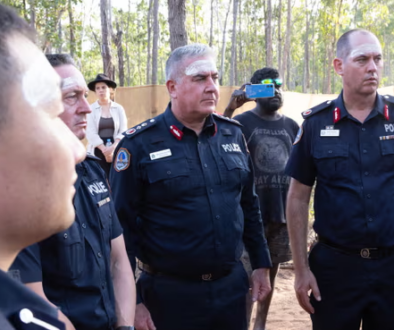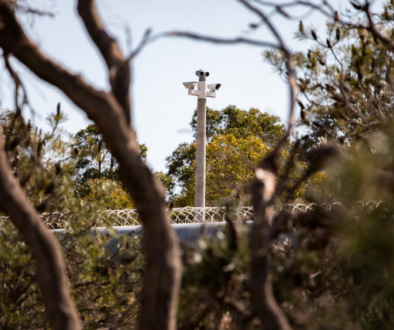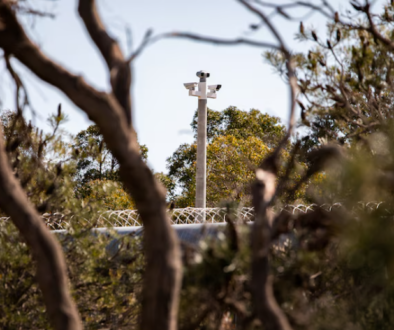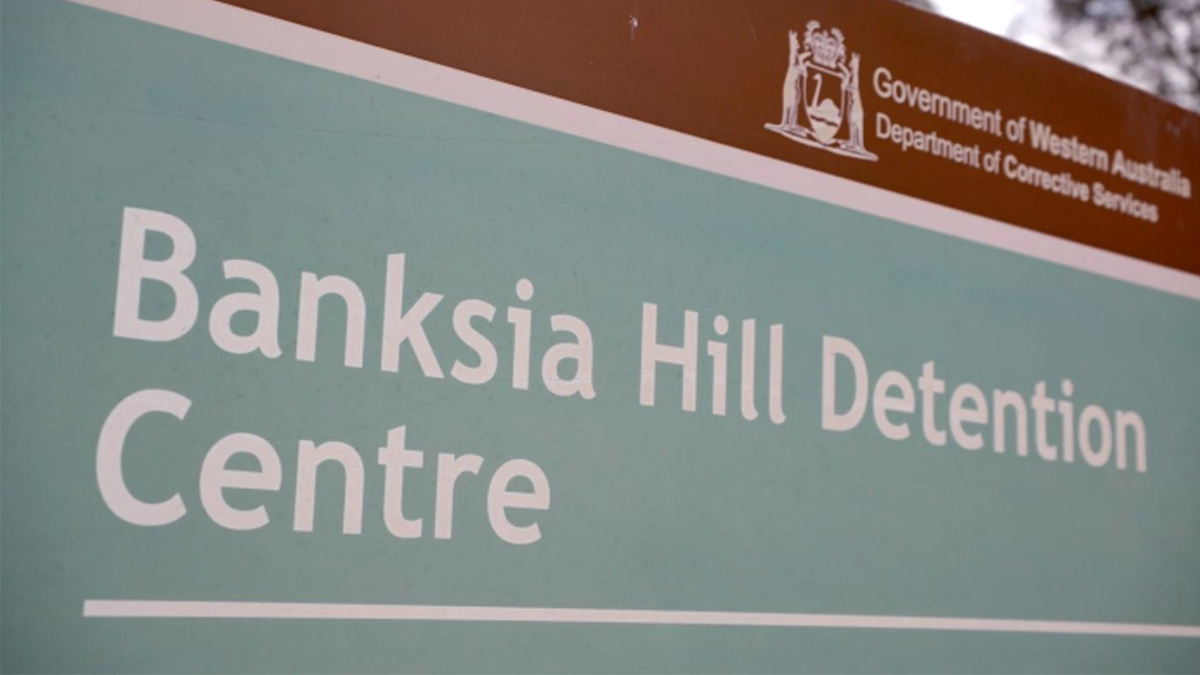
Children to be kept in maximum security adult prison amid ‘significant’ Banksia Hill damage
Originally published on nit.com.au written by Giovanni Torre
Advocates have condemned the West Australian government’s plan to move youth to the state’s “worst” maximum security adult prison.
In a statement released late on Tuesday, Corrective Services said the management of the 116 young people currently at Banksia Hill was being impacted by a cohort of about 20 detainees causing “significant damage and persistent disruption” to the centre.
The department said more than 100 of the 260 cells were seriously impacted and more than 30 cells are unfit for use, which necessitated the move.
Director general Adam Tomison said the cohort exhibited complex needs, had significant offending histories and had been destroying infrastructure, assaulting staff and harming themselves for months.
“The gazettal under the provisions of the Young Offenders Act will allow for around 20 detainees to be moved to a designated, standalone unit at Casuarina Prison where they can be more safely managed by Youth Custodial Officers,” he said.
Ngalla Maya Aboriginal Corporation chief executive Mervyn Eades, a member of the state’s suicide prevention prison taskforce, said the plan to establish a standalone youth unit at Casuarina was a “recipe for disaster”.
“Casuarina is a maximum security adult prison… it is for the worst of the worst, he said.
“Fixing these children is not about infrastructure, it is about how you deal with them, how you communicate with some of the most vulnerable and damaged children.”
Social Reinvestment WA co-chair Glenda Kickett said children’s needs cannot be met in a prison.
“The majority of young people in detention have serious cognitive impairments, tough lives, and need specialised, trauma informed care,” she said.
“Our youth justice system is breaching the human rights of young people, and Aboriginal and Torres Strait Islander children are the vast majority of those incarcerated.”
“The state government has ignored the root causes of the problems. This must be our wake-up call to fix our system and provide the early intervention, diversion, and rehabilitation supports children need in the community.”
WA Council of Social Service chief executive Louise Giolitto said the WA youth detention system is in a “constant state of crisis”.
“If our only option for youth detention is placing vulnerable children into maximum-security prison, then our youth justice system is broken,” she said.
WA Corrective Services Commissioner Mike Reynolds said there had been a stream of contractors at Banksia Hill this year trying to keep up with the destruction of cells, with the damage bill now exceeding $1.8 million.
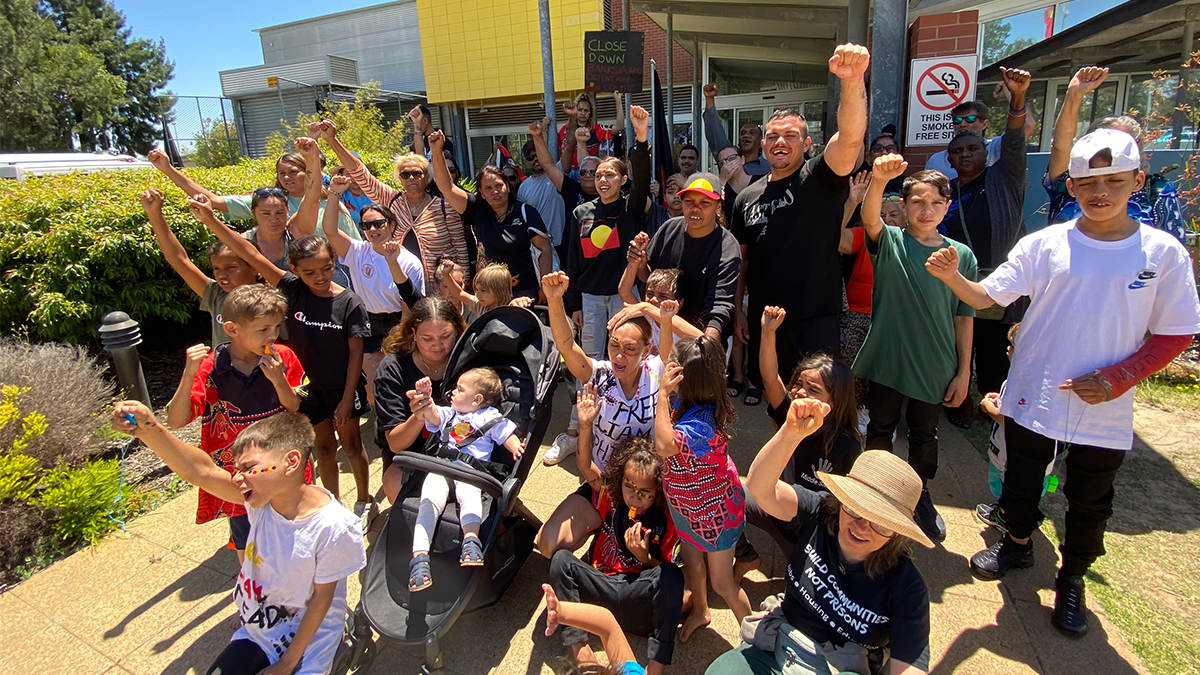
“The short-term youth detention centre will provide a safe environment for the 20 young men while we restore Banksia Hill to a safe working environment for staff and detainees and complete the necessary infrastructure works,” he said.
“We examined all possible options within WA’s custodial estate for the short-term facility. The Casuarina site, with its new, secure units was the only safe and suitable option.”
Mr Eades acknowledged management of Banksia Hill was to blame for the childrens’ behaviour.
“The kids are smashing the cells up. We must ask why they are doing it. It comes back to the administration of the place – it’s about how they are running the jail,” he said.
“The problem in Banksia Hill is not infrastructure it is management, and that is supported by the statements from 560 plaintiffs in the prospective Banksia Hill class action.”
The most recent report from Western Australia’s Inspector of Custodial Services said children in the facility were subject to “cruel, inhuman and degrading” and called on the Department of Justice to immediately rectify the situation.
This is not the first time the department has resorted to shifting children to an adult prison. After the 2013 riot in Banksia Hill a number of detainees were transferred to a unit at Hakea Prison.

Children to be kept in maximum security adult prison amid ‘significant’ Banksia Hill damage
Originally published on nit.com.au written by Giovanni Torre
Advocates have condemned the West Australian government’s plan to move youth to the state’s “worst” maximum security adult prison.
In a statement released late on Tuesday, Corrective Services said the management of the 116 young people currently at Banksia Hill was being impacted by a cohort of about 20 detainees causing “significant damage and persistent disruption” to the centre.
The department said more than 100 of the 260 cells were seriously impacted and more than 30 cells are unfit for use, which necessitated the move.
Director general Adam Tomison said the cohort exhibited complex needs, had significant offending histories and had been destroying infrastructure, assaulting staff and harming themselves for months.
“The gazettal under the provisions of the Young Offenders Act will allow for around 20 detainees to be moved to a designated, standalone unit at Casuarina Prison where they can be more safely managed by Youth Custodial Officers,” he said.
Ngalla Maya Aboriginal Corporation chief executive Mervyn Eades, a member of the state’s suicide prevention prison taskforce, said the plan to establish a standalone youth unit at Casuarina was a “recipe for disaster”.
“Casuarina is a maximum security adult prison… it is for the worst of the worst, he said.
“Fixing these children is not about infrastructure, it is about how you deal with them, how you communicate with some of the most vulnerable and damaged children.”
Social Reinvestment WA co-chair Glenda Kickett said children’s needs cannot be met in a prison.
“The majority of young people in detention have serious cognitive impairments, tough lives, and need specialised, trauma informed care,” she said.
“Our youth justice system is breaching the human rights of young people, and Aboriginal and Torres Strait Islander children are the vast majority of those incarcerated.”
“The state government has ignored the root causes of the problems. This must be our wake-up call to fix our system and provide the early intervention, diversion, and rehabilitation supports children need in the community.”
WA Council of Social Service chief executive Louise Giolitto said the WA youth detention system is in a “constant state of crisis”.
“If our only option for youth detention is placing vulnerable children into maximum-security prison, then our youth justice system is broken,” she said.
WA Corrective Services Commissioner Mike Reynolds said there had been a stream of contractors at Banksia Hill this year trying to keep up with the destruction of cells, with the damage bill now exceeding $1.8 million.

“The short-term youth detention centre will provide a safe environment for the 20 young men while we restore Banksia Hill to a safe working environment for staff and detainees and complete the necessary infrastructure works,” he said.
“We examined all possible options within WA’s custodial estate for the short-term facility. The Casuarina site, with its new, secure units was the only safe and suitable option.”
Mr Eades acknowledged management of Banksia Hill was to blame for the childrens’ behaviour.
“The kids are smashing the cells up. We must ask why they are doing it. It comes back to the administration of the place – it’s about how they are running the jail,” he said.
“The problem in Banksia Hill is not infrastructure it is management, and that is supported by the statements from 560 plaintiffs in the prospective Banksia Hill class action.”
The most recent report from Western Australia’s Inspector of Custodial Services said children in the facility were subject to “cruel, inhuman and degrading” and called on the Department of Justice to immediately rectify the situation.
This is not the first time the department has resorted to shifting children to an adult prison. After the 2013 riot in Banksia Hill a number of detainees were transferred to a unit at Hakea Prison.

